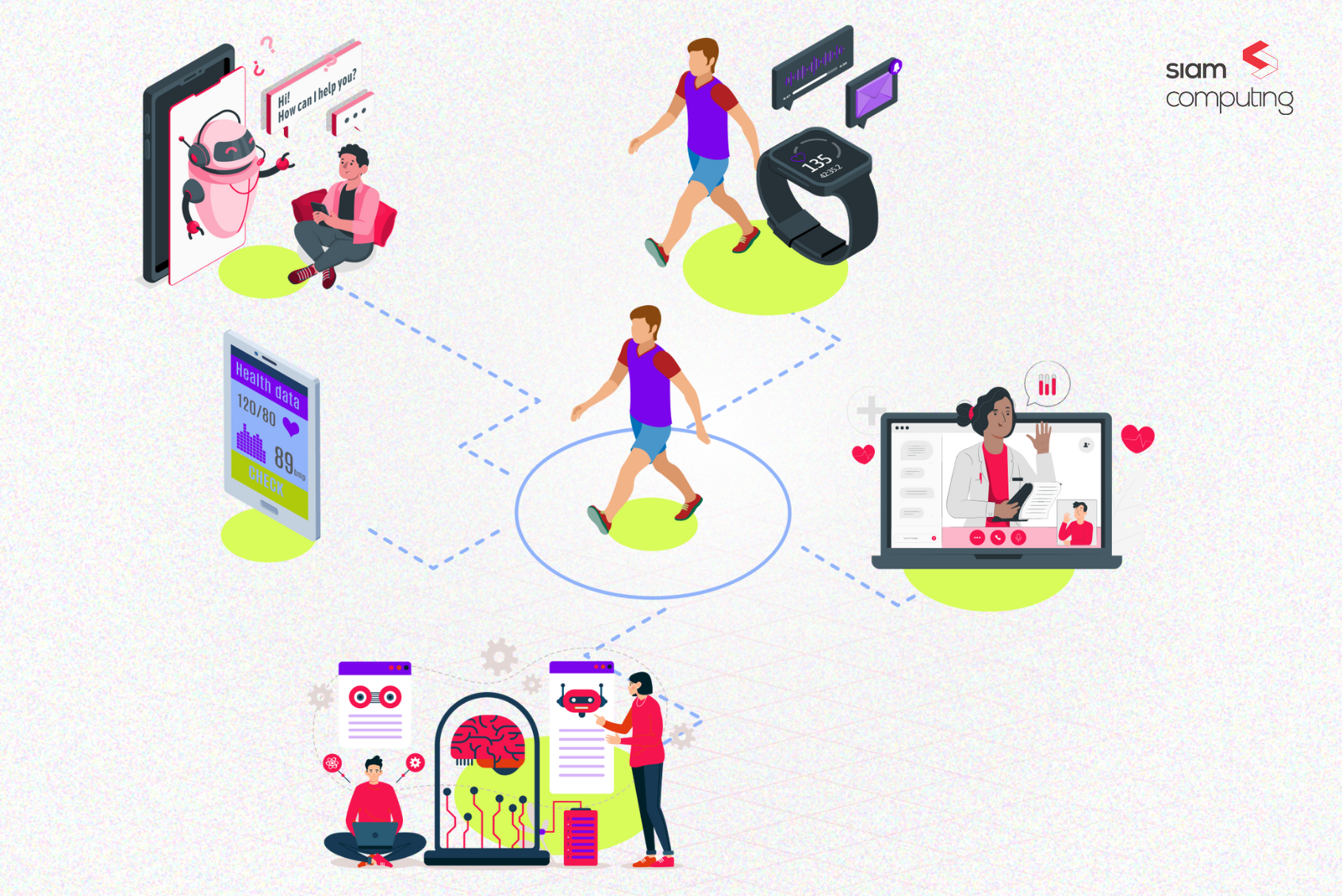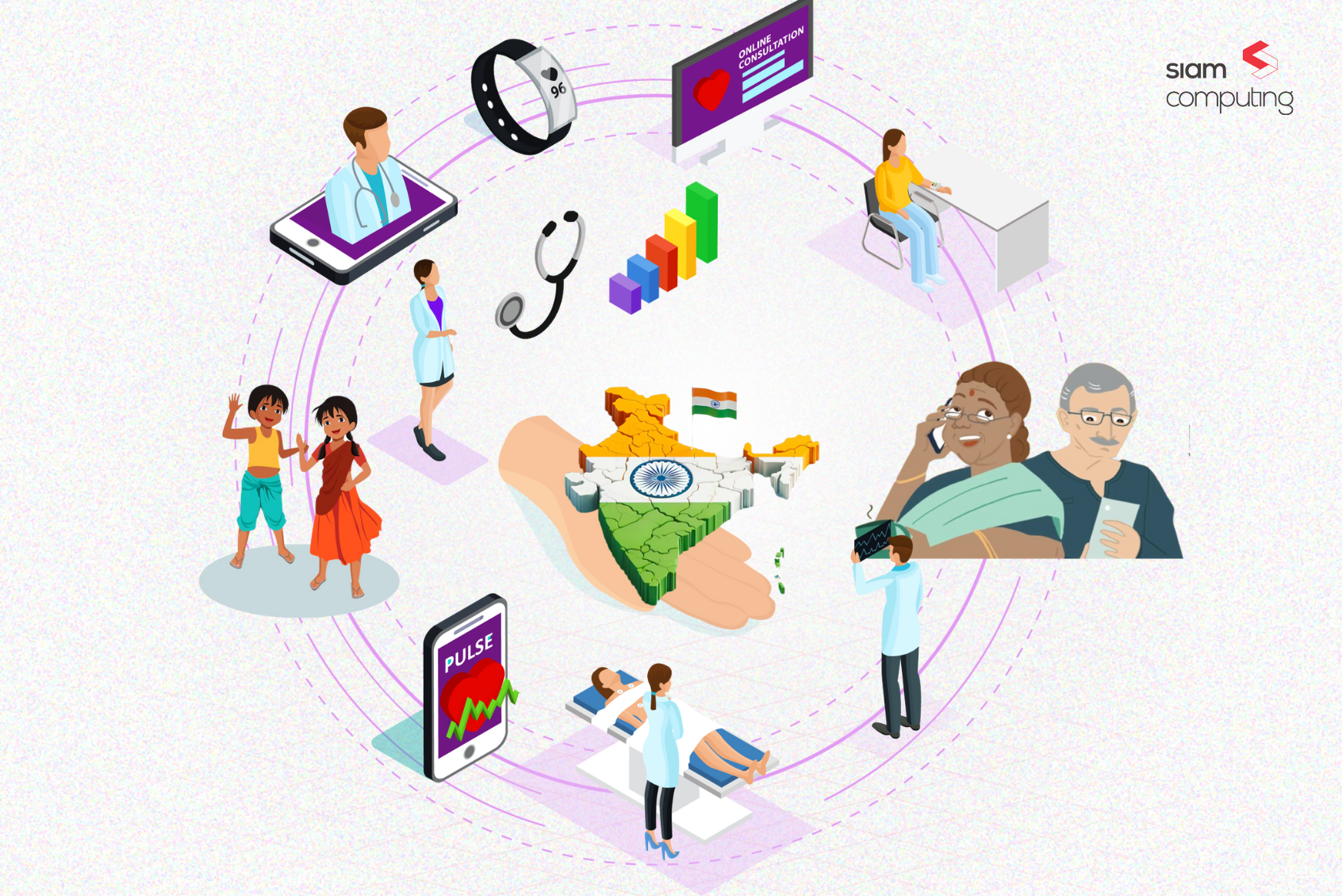Our previous blogs on falling in love with the problem, root cause analysis and persona development sought to bring out the ‘devil in the details’ of the problem itself, as well as who we are solving this problem for. The idea behind this process was to come up with a clear definition of the problem.
“By this point in time, you would be looking at a clearly defined problem statement, your target audience’s personas and the problems that they really face – probably on a whiteboard or on a sheet of paper.”
We now move to the Ideate phase of the Design Thinking Journey using Brainstorming Techniques.
What is Brainstorming?
Brainstorming is not a new discipline and all of us have, at some point or the other been part of brainstorms. Much has been written about this topic. We believe that there are some really great resources that provide far greater insights than us and therefore, we are using this blog as an ‘aggregator’ to bring together diverse viewpoints from some of the best minds and companies in the world on brainstorming and design thinking. We believe that our work through these blogs would be far more successful if we provided the incentive, broad framework and the right tools and techniques and allow the entrepreneurs to explore and connect the dots as they go along.

Whereas the previous stages relied on external data in the form of questionnaires, survey finding, interview notes and data points; this phase allows the team to get creative and exercise their creative side of the brain while still working within the broad contours of the problem.
In a superb article authored by Brendan Boyle, an IDEO Partner and IDEO Play Lab Founder, brainstorming is a process that helps generate a large number of ideas so that you can produce different options for solving your challenge.
The idea behind brainstorming is to throw up multiple alternatives to solving a given business problem.
Entrepreneurs can use the ideas that are thrown up during this phase to explore new ideas and better ways to ‘solution’ their business problems.
The key word that needs to be understood while brainstorming is ‘abundance’.
This is a word that has massive connotations. It means that the entrepreneur now needs to expand his thinking and actions. He needs to open up his mind and heart to multiple options and people who provide those options to him. He needs to engage with many more people than just his small team or even just himself. The ideas that arise will come in thick and fast. This stage is perhaps the most ‘fun’ stage of the ideation process.
Brainstorming is all about getting diverse sets of people who would have anything to do with your product or service into a room and then providing their inputs and insights. The environment needs to foster creativity and not become a closed ended session where ideas are shot down almost as soon as they are vocalised.
We’d like to use this point of time to share a YouTube video from the Stanford Biodesign where David and Tom Kelley of IDEO discuss alternatives to traditional brainstorming.
It’s very important for the entrepreneur to collate these ideas into a workable format that can then be filtered after the conclusion of the brainstorming session.
How to brainstorm for success
Brainstorming has much to do with the process. A lot has been written by people about how to go about brainstorming. While the details vary from post to post and company to company, the broad precepts remain the same. We have done our best to capture these broad guidelines for you.
PHASE 1 : SETUP
- Frame questions founded on insight to guide the group’s collective thinking : This is important because it sets the context for the discussion that is to begin. Questions grounded in insight and data also remove the risk of ‘personality’ clashes. It’s not about the brainstormers. It’s about the problem they’re trying to solve.
- Share inspiration and insights from competitive and analogous research with everyone : Humans are always eager to connect the dots and look at correlations. Sharing the entire body of competitive and analogous research helps ‘widen the horizon’ and help the group think on more wide ranging issues. It helps to share this information upfront and keep this information up front and center all times.
- Embrace a mindset of curiosity, the rules of brainstorming are only a guide : This is key. The team has been assembled to look at solutions to a problem. This requires a mindset of curiosity and inquiry. The process of brainstorming is a framework. If it is observed that this system doesn’t work the team should pivot to any other format of ideation that serves their needs!
PHASE 2—FACILITATION
- Begin with a creative warm up : We loved this idea from The Ideo University called the ‘30 Circles Exercise’. Creative warm ups help to fire up the creative side of the brain prior to brainstorming. This is needed because different people are in different frames of mind when they arrive for the session. It helps to get everyone into the same creative space. What’s more, it sets the stage for the next level of individual brainstorming.
- Start with heads-down individual brainstorming : We recommend a process known as brainwriting – a relatively newer line of thinking, but one that we believe is useful for a variety of reasons – not in the least because many people in groups may not be inclined to give out their ideas or even open up in public and in front of people. Brainwriting gives such people an opportunity to put down their ideas in a way that is anonymous and non-threatening.
- Share ideas as a group and build on each other’s concepts : Look at ideas as a set of building blocks not unlike a Lego set. Brainstorming is a collaborative exercise that brings diverse viewpoints together and gives all participants a chance to work with each other and build on each others’ concepts.
PHASE 3—FOLLOW THROUGH
1.Cluster similar ideas together : This would be a group activity where all similar ideas are clustered together. This is done by the group to ensure that there is buy-in for decisions. It is also a great opportunity for people to clarify what their views are, on a particular point of view.
2.Vote on favorites : At the end of the session, participants vote on the 3 best ideas. The votes could be cast by participants by using a pen to use ‘tally marks’ against an idea. Alternately, ideas can be numbered and participants can use chits of paper to ‘vote’ for their three favorite ideas.
3.Document the Brainstorm : Create a shared space online and share the process as well as the findings. It makes sense to take a high-definition photograph of the brainstorming board for future reference.
4.Prototype your ideas : One prototype is worth a thousand meetings. Prototyping ideas helps understand how well a given idea will work in the real world. It is also a great way to find out whether an idea is good or bad to the ideator himself. Prototypes help others understand and weigh in on a tangible end product or service structure.
5.Commit to next steps : The next steps could range from organising another, more focused brainstorming session, to creating a prototype or wireframe for further discussion and fine tuning. Whatever may be the planned end-result, it is important to keep participants posted on what has been discussed and what is the planned course of action.
Brainstorming is, as we have mentioned earlier in this article, a methodology that should serve the purpose that the entrepreneur has laid out for himself. There are options and methodologies other than brainstorming that would provide the same (or better) impact, based on the type of problem being addressed. We would like to recommend that the entrepreneurs familiarise themselves with other methodologies (Brainwriting, for instance) as well as other.
‘Yes And…’ Method of ideation
Brainstorming allows the surfacing of many different ideas from a diverse group of people. These ideas, as we have mentioned earlier, are not based on ‘right and wrong’ but focus instead on solving the problem statement.
The ‘Yes And’ methodology builds on this action item of freely flowing ideas. In this section of our blog, we explore the connotations of this technique and what it involves.
What is the ‘Yes and…’ technique?
The word “Yes” means accepting and agreeing with the inherent worth of an idea, regardless from where it came and what it means. It also means that the agreeable-ness of an idea does not change based on its originator. The means to accept the idea completely.
“And” means taking that idea and building directly upon it, without trying to forcibly change it. This allows the idea to be built upon in stages.
We believe this is a great way of building products and services based on consensus. It aid co-creation – the lifeblood of well designed products and services.
Utility for participants
When we say ‘Yes, And…’ while engaged in an ideation session, it benefits us as listeners because we are then throwing in our own ideas into the mix of ideas. It is also a great booster for the originator of the idea because she immediately sees her idea getting traction and being accepted and built upon.
Utility for the the entrepreneur
The ‘Yes And…’ method aims to get people to take an idea and build upon it. This means that as more people pile onto the ideas to build newer and better products and services, the entrepreneur is left with a set of ideas that have been built upon and can be explored as ‘streams’.
| Business is all about the right strategies. That’s where our product development expertise helps you. Siam Computing delivers impactful product solutions to hundreds of startups and enterprises across the globe. Subscribe to our newsletters and stay updated. |








